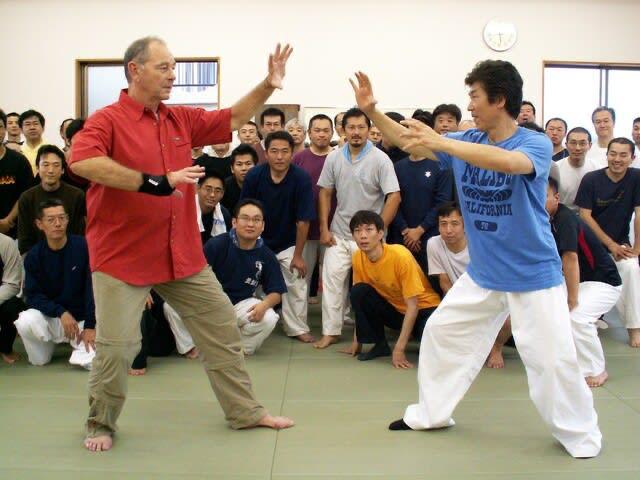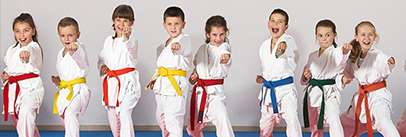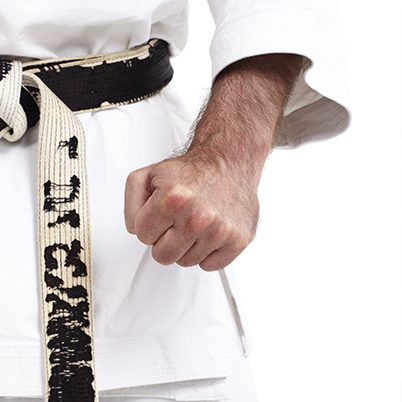One of the last Budo Greats passed away on Tuesday evening April 14. Jan Kallenbach, 78 years old, 65 of whom were devoted to Martial Arts, left his students, to whom he was so close, to join the Old Ones, including his teachers Donn Draeger, Mas Oyama and Kenichi Sawaï.
Few Westerners have received the trust of the Japanese Sensei, few have earned their respect, very few have had access to the epitome of martial knowledge. Jan Kallenbach was one of them ! High graded in several martial arts, he had become the benchmark of Taikiken, a practice developing « an extra-martial dimension which goes beyond technique », says Julien Porterie, his French student for more than 20 years, who pays homage to « Master Kallenbach ».
By Ludovic Mauchien / Photos : Taikiken France
He was not the most publicized. He wasn’t aiming to be. Yet his name and reputation have stood the test of time, marked by respect and goodwill. Power, even invulnerability too. With Jan Kallenbach, it’s a rock, it’s a Budo monument who went away on Tuesday April 14th, from an unidentified disease that had been gnawing at him for several years.
« We all have tremendous grief over the news of his death. It is very difficult to realize that he left because he was lighting… He had a base and a centering which gave the impression that he was invulnerable and present for eternity », testifies Julien Porterie, the student of Jacques Legrée and, therefore, a pupil of Jan Kallenbach. « He had a very impressive physique, like a lot of Dutch people. But where there was something quite striking was this contrast between his physique and his finesse, both in the movement and of his mind, his tact, his delicacy and his goodwill attention. He was an incredibly kind person. He had an aura… We felt good by his side. We wanted to be by his side because we felt good (smile) ».
Jan Kallenbach had reached the quintessence of art : goodwill, the ultimate step in Martial Art. He was the embodiment of Yin and Yang, the association of hard and soft in both movement and attitude. The hard obviously corresponds more to his youth. Born in 1943 in Amsterdam, he began his martial path in 1956 with Judo and Jiu Jitsu. Two years later, he meets Jon Bluming with whom he will practice Judo but also discover Kyokushinkai Karate. He is 15 years old.
HIS SENSEI ? BLUMING, OYAMA, SAWAÏ !
In 1967, he decided to leave for Japan. He keeps practicing Judo with… Donn Draeger himself. He takes classes with Mas Oyama, trains with Hatsuo Royama, one of the great pioneers of Kyokushin... It is the latter who introduced him to Taikiken. Jan Kallenbach wanted to practice something even deeper. Royama introduces him to Kenichi Sawai. The start of a long story. At the same time, he also practices Iaido with Kuroda, Jodo with Shimizu and Yi Quan.
In terms of competition, he is not outdone either. In Kyokushin, Royama said of him that he « had the strength that transcended the rules of the game. If I had to pick the best foreign Karateka of all time, then Kallenbach would be the n°1 ». Terutomo Yamazaki, another famous fighter, abounded : « He was the first opponent for me to feel the difference in physical strength, and I always wondered how I could stand fight with such a large person ».
Jan Kallenbach also shines in the WKF version, in Europe. In 1974, he was European heavyweight champion, after being 2nd in 1973.
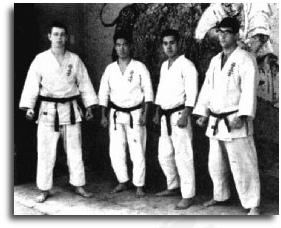
Jan Kallenbach (left) with his fellow Japanese Kyokushin teammates, among them Royama.
« HE WAS A COMPLETE BUDOKA, FOR WHICH THE HUMAN COUNTED AS MUCH AS THE STUDENT »
« He was a complete Budoka, for which the human being counted as much as the student », says Julien Porterie. « He was a living encyclopedia of Martial Arts through his career, which is not limited to Judo, Kyokushin and Taikiken. He embraced other disciplines of Budo, he met (great) masters, like Donn Draeger, who was one of his role models.
I discovered his dimension when I had the chance to accompany him to Japan in 2004, with Jacques Legrée. We left for several weeks. We had the chance to meet all the Sensei, to visit all the dojos in Japan, with his counterparts, the Sensei of the 1st generation of students of Master Sawai : Sato Sensei, Iwama Sensei, Royama Sensei. Each time, it was an incredible welcome, to the point of being hosted by Sato Sensei, which is totally unthinkable in Japan. The Japanese do not welcome you in their homes. But Master Kallenbach had this capacity to weave these links, to maintain them and to disseminate them with great generosity ».
« HE HAD A VERY PRECISE AND ENDEARING KNOWLEDGE OF ALL OF HIS STUDENTS »
Over the years, he focused on Tai Ki Ken and Yi Quan, which he taught to a limited group of students, Tai Chi Chuan and Judo. Far from being an untouchable « Grand Master », Jan Kallenbach was an apprehendable Sensei. « He was a very warm person, who was very curious and interested in the people he worked with, his students », says Julien Porterie. « For example, the last time he came to Paris for a seminar, he came to my office. For him, it was important to see the daily life of one of his students, the environment in which he lives. He could sit next to any student, especially new ones, to get to know them and learn about their history, their martial and extra martial past.
He had a very precise and endearing knowledge of all of them. He was very attached to this notion of family for the Taikiken, where everyone knows each other and pays attention and vigilance to the other. It’s something that will have marked everyone ». A great man and a huge Budoka has passed away. But not his flame.
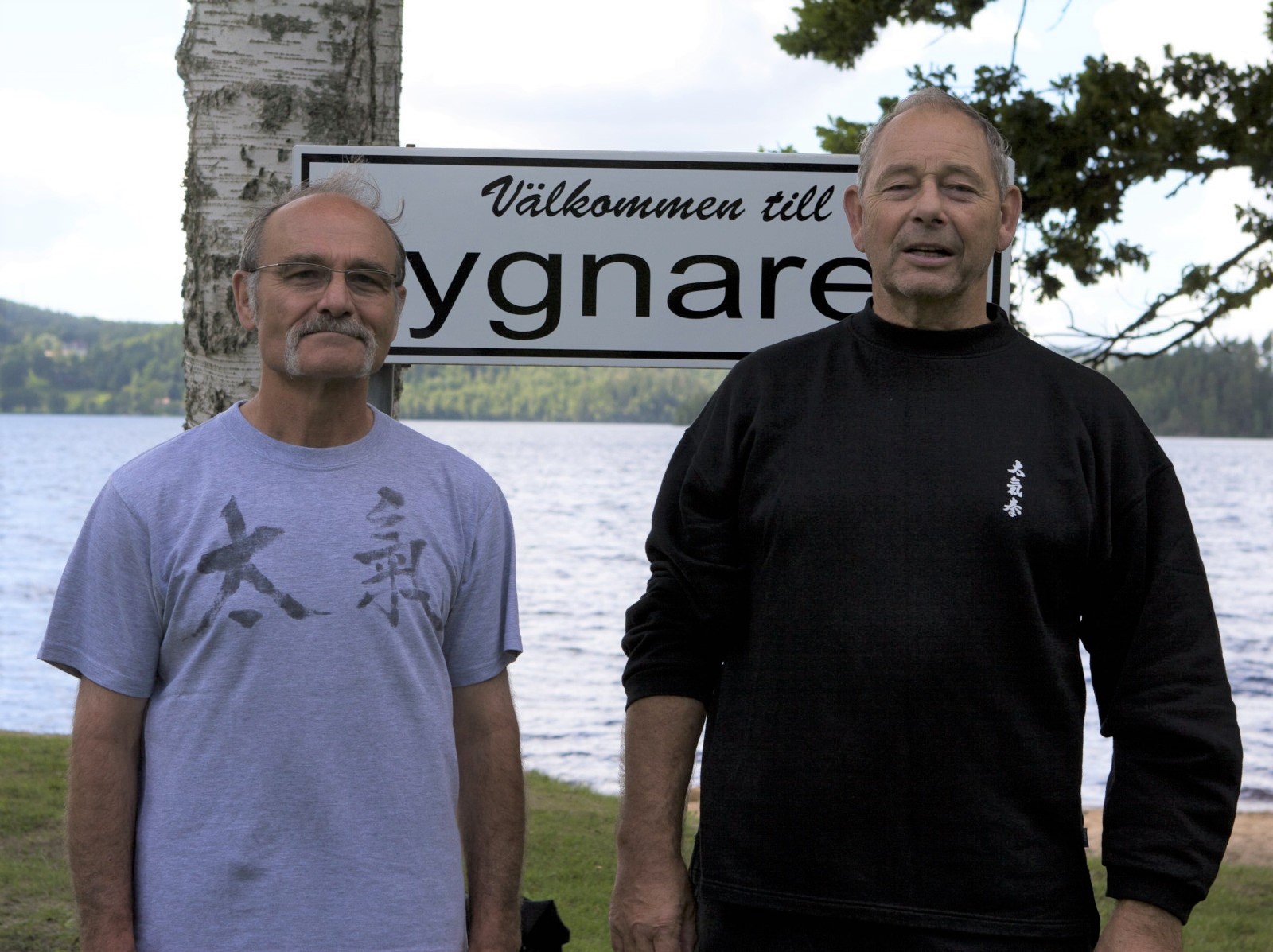
Jacques Legrée and Jan Kallenbach, two common paths.



